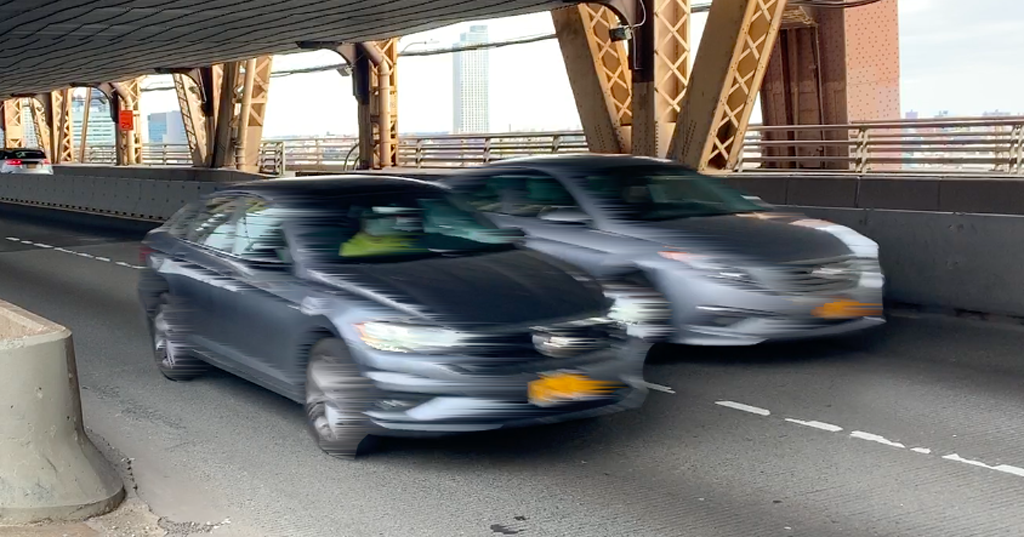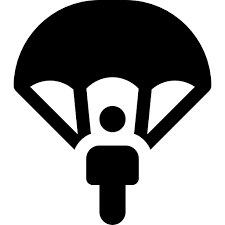The much, much bigger problem in every city I’ve driven in in the last 3 years (including DC) are the fucking weavers. Sometimes they’re also speeders, but the dumbass lane changes are way way worse and out of control.
Weavers and speeders are the same pool of people where I’m at, people in a dang rush.
Slow people in the fast lane are just as dangerous as fast people in the slow lane. Stick to the appropriate lane. And absolute speed isn’t the killer, relative speed is.
This will not solve much. I’m so over speeders being blamed for everything and creepers not being blamed enough. The largest indicator to problems on the road, is interactions with other vehicles. If you have a very high level of interactions such as passing or being passed, changing lanes or causing another to change lanes, these events create higher opportunity for traffic problems like collisions and crashes.
So someone going over the speed limit in the passing lane but in general staying with the flow of traffic (like rush hour where the vast majority are already over the limit) is alone not as big an issue as perhaps someone going the speed limit but slower than the flow of traffic in any lane.
This is because the one breaking the limit but with the flow has not created as many interactions as the person sticking hard to the limit but being slower than the rest of traffic.
I.e. Go with the flow whether fast or slow and you’ll be safer than if you ignore all the rules or stand immovable on the rules.
Much like all of life, many rules give a basic guideline to achieve an optimal outcome. But they are too rigid to account for outlying events and therefore cannot give the best outcome in all situations. At times rules are bent, at times they are broken, and at times they aren’t enough. Consider the situation and make an educated decision based on the conditions.
deleted by creator




